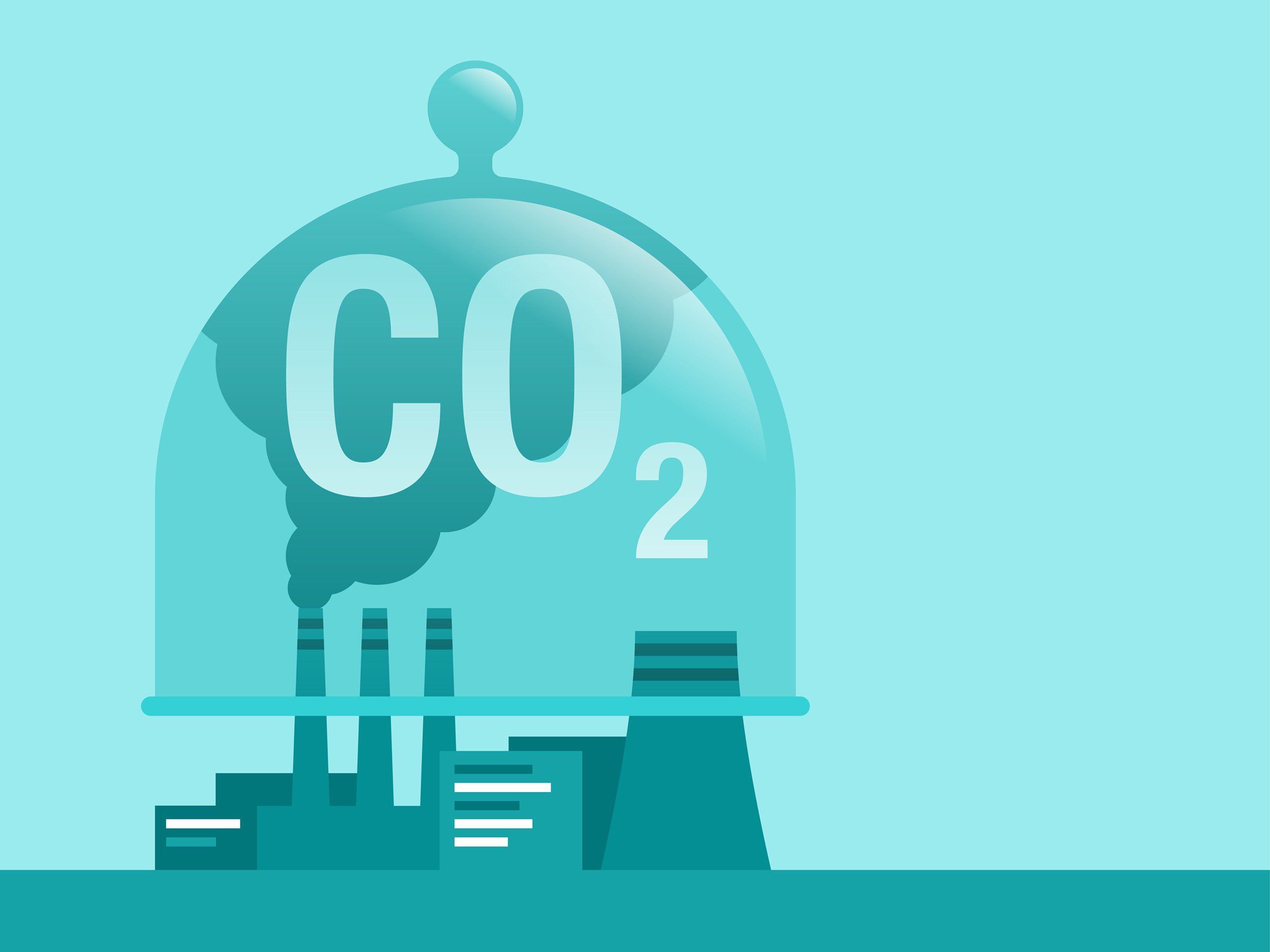Can Europe Be Carbon Neutral Through Sequestration?
A new study suggests a massive scale-up of the tech would be needed
This article is part of our exclusive IEEE Journal Watch series in partnership with IEEE Xplore.
The need for countries around the world to limit their greenhouse gas emissions is definite—but how to do it is less clear. Even with a hard push for the implementation of renewables, evidence suggests that we will need additional strategies to reduce our emissions.
In a recent study, researchers in Europe explored various scenarios required to meet the European Union’s upper target of zero emissions by 2050. Their analysis suggests that carbon sequestration—where carbon is captured and transported into underground reservoirs offshore—could be a cost-efficient way to meet future emissions-reduction targets. The results were published 3 July in 2023 19th International Conference on the European Energy Market (EEM).
Carbon neutrality is the holy grail we need to attain in order to limit climate change. This is when the amount of carbon released into the atmosphere each year is counterbalanced with the same amount removed from the atmosphere. While the large bulk of reductions in CO2 releases to date has come from an unprecedented ramp-up of renewables and electrification, the technology isn’t yet sufficient for some more power-hungry sectors.
“The last 5 to 10 percent of net CO2 reduction is difficult, because there are these sectors which include heavy industry, shipping and aviation, that are very hard to decarbonize,” explains Fabian Hofmann, a postdoc at the Institute of Energy Technology at the Technical University of Berlin, who was involved in the study.
These sectors may still require fossil fuels for decades to come. Hofmann’s team sought to understand how additional strategies could help Europe compensate for its continuing emissions. One option is carbon sequestration, where carbon emissions are captured directly from sources such as a factory and transported via pipelines to offshore sites, where the carbon is injected into underground caverns under the seafloor to be stored indefinitely.
Carbon Sequestration Versus Synthetic Fuels
Another option is synthetic fuels. These are chemically the same as fossil fuels, but created using carbon that is already circulating in the atmosphere. Consequently synthetic fuels do not add any additional carbon into the atmosphere, as is the case with fossil fuels extracted from the ground. Examples of synthetic fuels include man-made methane and methanol.
In their study, the researchers explored the different ratios of renewable energy, carbon sequestration, and synthetic fuel use across 90 geographic regions in Europe that would be necessary to achieve carbon neutrality. They considered different levels of carbon sequestration, ranging from 200 to 1,000 million tonnes of carbon captured or removed from the atmosphere each year.
The results show that carbon sequestration is the more cost-efficient option for achieving carbon neutrality. Regardless of how much carbon sequestration occurs, it makes financial sense to implement the infrastructure. Critically, the study shows this approach would allow some industries to continue using fossil fuels, while still ensuring that Europe achieves carbon neutrality. (Although, ideally, fossil fuel use would stop completely and carbon-capture approaches could then be used to create negative net emissions to nudge carbon levels back closer to preindustrial levels).
However, Hofmann notes that even sequestering the lowest amount of carbon analyzed in this study—200 million tonnes per year—still requires “immense capabilities” and there could be several challenges with relying on sequestration as a large-scale solution. Firstly, we cannot be sure that the sequestration industry could ramp up as quickly as needed. Also, there’s a risk of sequestered carbon leaking from its storage site. “At immense costs, the CO2 would need to be captured and sequestered again, while making sure that that leakage is resolved,” explains Hofmann. “Therefore, one has to be aware this sequestration technology is quite new and we don’t know if we can rely on it or not.“
The study results suggest that if we rely less on sequestration and instead utilize more green hydrogen and synthetic-fuel technologies to achieve carbon neutrality, the financial costs could be 10 percent higher, but the potential risks related to sequestration would also be reduced.
“In the end, [a solution] probably has to involve a mix of everything,” says Hofmann, noting there are some limitations to the group’s model and more work needs to be done to figure out the feasible ratios of renewables, sequestration, and synthetic fuels. Moving forward, Hofmann says the team plans to build upon this study by refining their model and incorporating a larger array of technologies, particularly methanol for energy storage and transportation.
- Local Qualms Kill Ohio Carbon Capture Plan ›
- Better Carbon Sequestration With AI ›
- Million-Tonne Carbon Sequestration Project Begins in Illinois ›
Michelle Hampson is a freelance writer based in Halifax. She frequently contributes to Spectrum's Journal Watch coverage, which highlights newsworthy studies published in IEEE journals.
